Glaciologist Albane Barbero gives a run-down of what she does at Concordia. While we live in more comfortable environments, Albane works seven-day weeks in sub-zero conditions to understand how humankind is changing our planet. She is extremely busy as the list below is only an excerpt from full blog in French.
I work for the Glaciology and environment geophysics laboratory in Grenoble, France, on many scientific projects.
CESOA 414 and DC 903, shelter and lab 34
Three quarters of my time is spend on the CESOA 414 programme and atmospheric chemistry DC 903, tracking the sulphur content in the atmosphere in the southern hemisphere.
Twice a week I pump around 100 litres of air and measure the dimethyl sulphur (DMS). This takes around five hours which I do on Monday and Thursday afternoon.
Every day (including Sunday) I take a sample of dimethyl sulphur oxide (DMSO) in the atmosphere (this takes around two hours). Every Wednesday afternoon I analyse the week’s findings including the DMSO samples. This takes up to five hours.
In a shelter that is 800 metres from our base I have three tubes and a filter that pump air for a week. I prepare the tubes in lab 34 on the third floor of the base before taking them to the shelter. After a week I retrieve the tubes from the shelter and analyse them for organic compounds, aerosols, nitrate, sulphate and so on. This laboratory analysis takes up to four hours which I do on Tuesday afternoon. I keep the samples for further analysis back in Grenoble, so I freeze them in a container near the base.
Ozone analysis, lab 35, third floor above the rooms
The concentration of O3 is recorded continuously. Each day I check that everything is running smoothly (power cuts are quite common here) and retrieve the readouts every Monday. Once a month I need to calibrate the equipment and change the filter which takes about an hour.
Pumping, glaciology shelter at 800 m from the base
I take snow samples near the shelter from the ‘clean area’ where no vehicles are allowed, even during the summer. Every morning on Monday, Wednesday and Friday I find a flat area near the shelter and scrape the surface snow to fill a bag that is used for extracting.
NITE DC 1011 programme on NOx, lab 34 above crew quarters
I melt snow samples during two days that I extract onto a resin. I keep around 5 ml of each sample for further analysis in Grenoble. It takes about two hours to prepare the resins and another hour to prepare the samples. The extracts are finished by the next day. I repeat this process once a month, on Thursday or Saturday morning.
Snow wells, near the glaciology shelter
Each month I dig a hole in the snow where I take samples every 2 cm until 30cm deep and then every 5cm until 50cm deep to fill a small bag. I take about twenty samples and it takes about two hours spent outside. I work together with Elio, the Italian glaciologist, and we take pauses inside the shelter to warm our hands and feet. We try to do this work at the end of the week and when there isn’t much wind.
SARA, snow shelter, 900 m from base
SARA analyses the CO and CH4. It is connected to the snow tower. I have to get the data and maintain and calibrate the equipment. This takes about two hours when everything works, but up to four hours if there are problems.
I maintain all the instruments at the meteo station. This mainly means I get rid of the ice that sticks to the instruments. This takes about fifteen minutes every week unless I have to do more precise maintenance such as changing the temperature sensors. I also need to get the data every Monday.
Meteo station on the American tower, 1 km from base
Meteorological instruments are placed on each level of the 45-m tower. I maintain them once a week by scraping of the ice and sometimes changing parts. This takes about two ho
urs on Friday afternoon. I have to climb the tower so I put on a harness and use a rope for safety. On a day without wind this is a nice operation as the view over the Antarctic dessert is very nice. As soon as there is some wind the experience is very jarring and it gets very cold! It is forbidden to climb the tower when there is a lot of wind.
Meteo station near the Helene shelter, 900 m from base
An instrument is installed on the roof of this little shelter. I maintain it every Friday and collect the data on Mondays.
Glacio 902, lab 34 and 35
Two computers in the labs monitor instruments that are buried near the Hélène shelter. I have to make sure everything works correctly. This should take five minutes when everything is working correctly, but Antarctica is a magical place: the last few days the software was not working and it took much more time.
Questions?
Now you know what I do here. As you can see I am far from being underemployed! If you have any questions, don’t hesitate to ask them in the comments.
I didn’t think this entry would be so long, I will not hold it against you if you only look at the photos like I am sure my brother Piou will do 🙂 I will post pictures of the laboratory and the shelter soon, in the meantime I hope you enjoy our first views of Aurora.

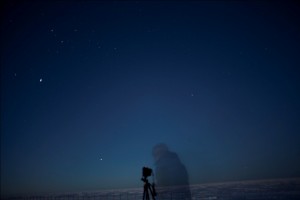
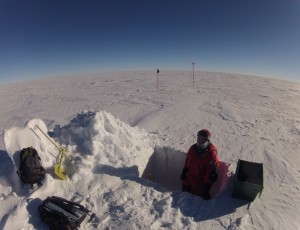
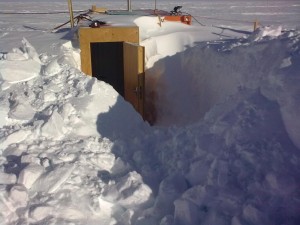
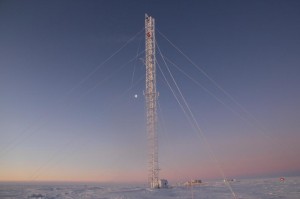
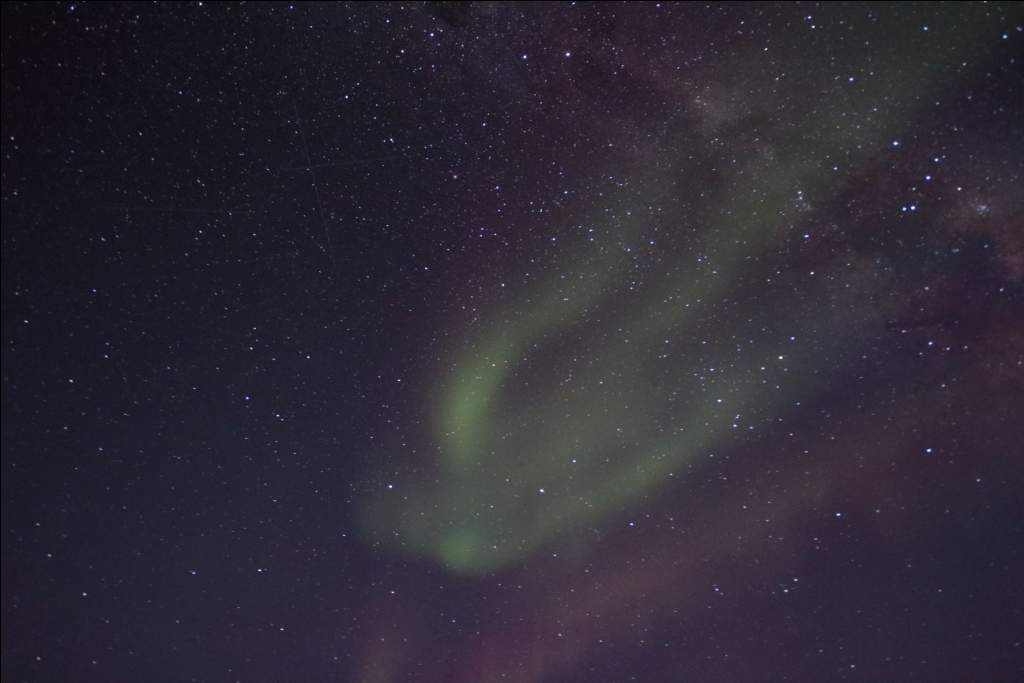



Discussion: no comments